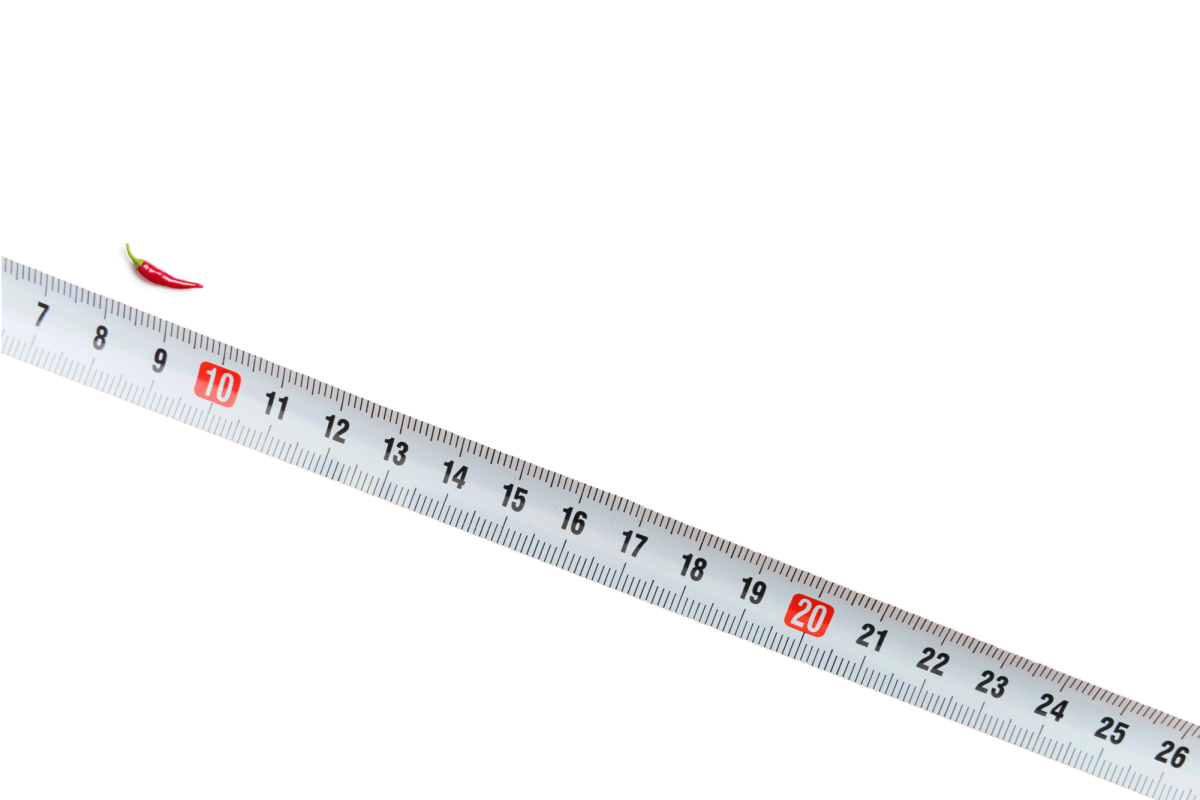Feminism has undergone significant transformations across distinct waves, each contributing to progress while simultaneously exposing inherent gaps and biases.
Kimberlé Crenshaw’s introduction of intersectionality marks a pivotal moment in feminist theory. It challenges predominant white-centric narratives and demands a more inclusive approach. Despite notable accomplishments and improvements within the feminist movement, the urgency for embracing intersectional feminism becomes increasingly evident in ongoing debates.
The persistent societal challenges continue to marginalize diverse voices and experiences. The imperative shift towards intersectionality is not just a call for inclusivity. It’s a demand to dismantle systemic oppression and oppression in feminist theory.
We must work towards genuine equality for all women. The evolution of feminism demands a decisive turn towards intersectionality. It’s clear that true progress hinges on addressing the intersecting layers of oppression and privilege that shape women’s experiences in society.
The Evolution of Feminism Waves
From the groundbreaking Seneca Falls Convention to the vibrant activism of today, feminism has charted a historical path of progress in upholding women’s rights. However, this journey has faced justified criticism for often the concerns of white women, leaving behind the voices and struggles of marginalized communities.
This critique exposes a glaring gap in feminist movements — a gap that intersectionality boldly addresses.
Intersectional feminism challenges the simplistic view that all women face the same struggles and highlights how race, class, sexuality and other intersecting identities shape individuals’ experiences.
By acknowledging the diverse experiences and challenges faced by women of different backgrounds, intersectionality calls for a more inclusive approach to the newest upcoming wave of feminism.
We must dismantle the structures that perpetuate inequality and marginalization and advocate for a world where every woman’s voice is heard, and every woman’s rights are protected.
Intersectionality’s Crucial Role
Intersectionality plays a pivotal role in modern feminist discourse by acknowledging that individuals embody multiple identities shaped by race, class, gender, sexuality and more.
Traditional feminism tends to overlook the unique struggles faced by women of color, LGBTQ+ individuals and those with disabilities. This narrative, while instrumental in advancing women’s rights, often falls short of addressing the intersecting forms of oppression experienced by marginalized groups.
Women’s experiences are not monolithic — they are shaped by a complex interplay of a variety of factors. Intersectionality emphasizes the importance of considering these intersecting identities to gain a comprehensive understanding of the challenges faced by individuals in society.
Highlighting the experiences of all women allows us to move beyond a one-size-fits-all approach to feminism. It is imperative that modern feminism fully embraces intersectionality as a guiding principle.
By doing so, we can ensure that our efforts to achieve equality and justice are inclusive and truly representative of the struggles faced by women of all backgrounds.
White Feminism’s Limitations
White feminism’s narrow focus perpetuates systemic biases and excludes diverse voices, revealing its inadequacy in addressing broader societal inequities. Articles highlighting Oscar snubs and workplace dynamics serve as poignant examples of how white feminism falls short in acknowledging and addressing the multifaceted challenges faced by women.
The recent debates over Margot Robbie and Greta Gerwig’s Oscar snubs underscore the superficial nature of mainstream feminist discourse. While these discussions may seem like rallying cries for gender equality, they often overlook more pressing issues such as the global neglect of women’s rights.
In many parts of the world, women are subjected to systemic discrimination, violence and oppression, yet these realities are often sidelined in favor of debates centered around privileged women in the entertainment industry.
Similarly, everyday experiences in the workplace highlight the limitations of white feminism in addressing the intersectional nature of discrimination. Women of color, members of the LGBTQ+ community and those with disabilities often face unique challenges that are overlooked by mainstream feminism.
Microaggressions, unequal opportunities and systemic biases based on race and other intersecting factors persist despite the progress made by traditional feminist movements.
The Call for Intersectional Advocacy
Embracing intersectionality within feminism not only amplifies marginalized voices but also catalyzes and creates a space for inclusive activism that drives meaningful societal change. Initiatives such as these are powerful examples of how intersectional solidarity challenges patriarchal norms and paves the way for a more equitable future.
The #MeToo movement, rooted in intersectional principles, transcends simplistic narratives of gender-based violence to encompass a spectrum of experiences shaped by a variety of intersecting identities. By centering the voices of women from diverse backgrounds, the movement sheds light on the systemic nature of harassment, discrimination and abuse.
Moreover, intersectional advocacy goes beyond addressing immediate concerns to laying the groundwork for long-term societal transformation.
By acknowledging the interplay of privilege and oppression, intersectionality encourages holistic approaches to social justice that recognize the interconnectedness of various forms of discrimination.



















